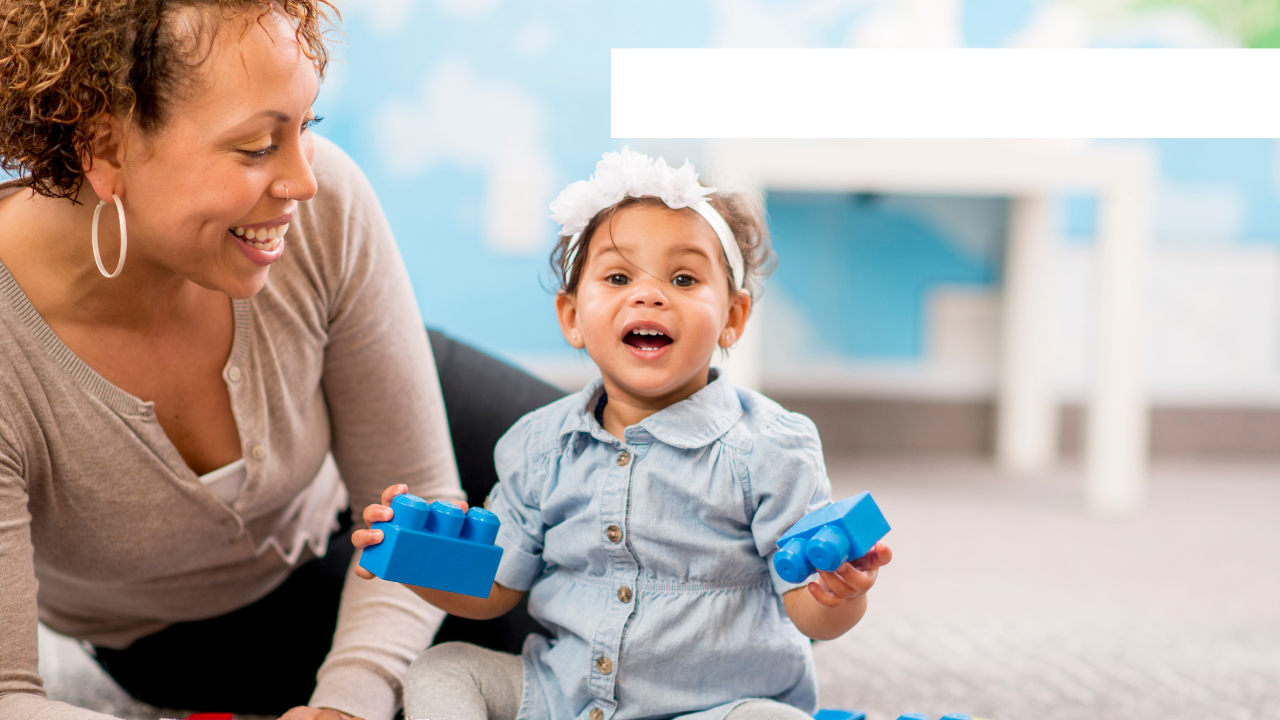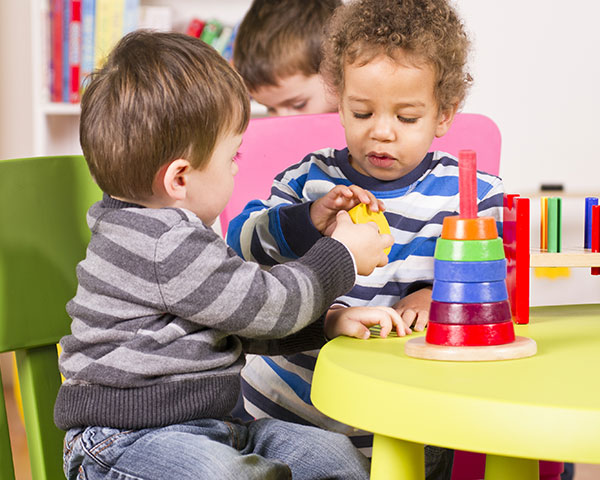Challenging behaviour is any behaviour that interferes with children’s learning, development and success at play, is harmful to the child, other children or adults, or puts a child at high risk for later social problems or school failure.
Parenting a child with challenging behaviour is a challenge – but it is one that parents can overcome with the appropriate strategies. This resource sheet offers ideas that have been proven to work – and which can benefit all children, not just those with challenging behaviour.
- Be sure your child knows that you love him even if you don’t always like his behaviour. Every day – perhaps at bath time or when you’re walking home from child care – set aside time to have fun together. Give your undivided attention, let the child choose the activity, and make sure he knows you like playing with him. These positive moments nourish self-esteem and point the way to more positive moments.
- Encourage appropriate behaviour, and minimize the opportunities for challenging behaviour. These tactics are important because in the first decade of life, every experience, positive and negative, affects the permanent wiring of the brain. You can build appropriate patterns if you anticipate trouble, prevent the difficult situation from occurring, and help your child to remember what to do instead of correcting mistakes.
” Parenting a child with challenging behaviour is a challenge – but it is one that parents can overcome with the appropriate strategies.”
- Make your home an environment where your child can succeed. Remove fragile objects, create comfortable play areas, select toys that interest him, and keep them well-organized and within the child’s reach.
- Plan activities around your child’s needs. If your child has tantrums when he’s hungry, give him a snack before you go shopping. If you serve lunch on the kitchen table, suggest he do his puzzles on the coffee table so he won’t have to put them away when it’s time to eat.
- Set clear limits and enforce them consistently. Your child needs to know what you expect. Be sure you have the time and energy to carry through. If you are already late for work, it’s okay to leave the Lego on the floor.
- Create routines and stick to them. Children feel more comfortable when they know what’s coming next. For the same reason it helps to give advance notice of changes in activity (“You can slide down three more times, and then it’s time to go home”).
- Learn to recognize anxiety in your child. When your child whines, it is your cue to stop sorting laundry, give her a smile, ask if you can help and listen closely. Catching the problem at this early stage can head off challenging behaviour.

- Offer a limited choice when you see trouble coming (“Do you want your milk in the red cup or the blue one?”), and guide your child’s behaviour by telling him what to do instead of what not to do (“Ask Paul if you can play” rather than “Don’t grab”). Be patient if your child needs exactly the same directions an hour later – he is young, he forgets and he needs to practise.
- Put yourself in your child’s shoes and try to figure out what he gets from his challenging behaviour. Does he get your attention (positive or negative)? Does he avoid something he dislikes or isn’t good at? Does the atmosphere become calmer (or more exciting)? Once you know what the challenging behaviour brings your child, you can help him to get it in a more acceptable way.
- Stay calm. When things don’t go smoothly, take a deep breath and count to five. By showing your child that you can handle the situation with a cool head, you become his best role model.
When Mary is Out of Control
When nothing seems to work and your child loses control, give her space to collect herself.
- Stand between her and the rest of the world – at a safe distance. Don’t try to move her.
- Don’t confront her. To keep her from feeling trapped, stand sideways, compose your face and don’t look her in the eye.
- Don’t talk. She isn’t ready to listen yet.
- When she’s calm, talk to her quietly. Help her to name her feelings (“You were pretty angry”) and to distinguish between her feelings and actions (“It’s okay to feel angry, but it’s not okay to throw chairs”).
- Let her know that you love her. Help her think about how she can solve the problem next time.












